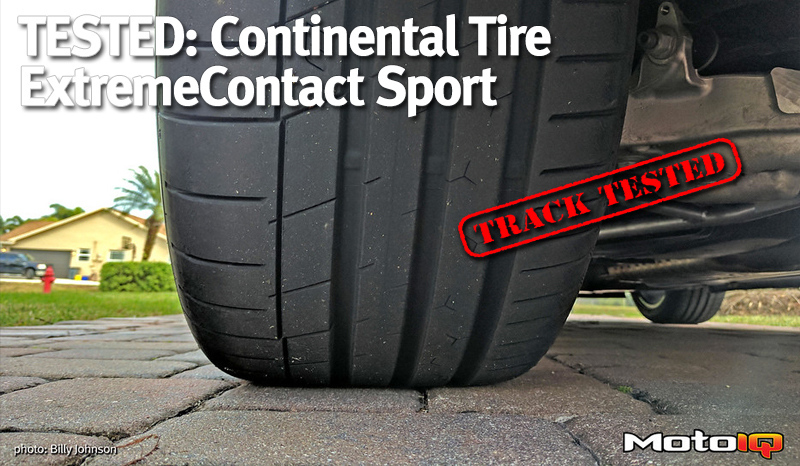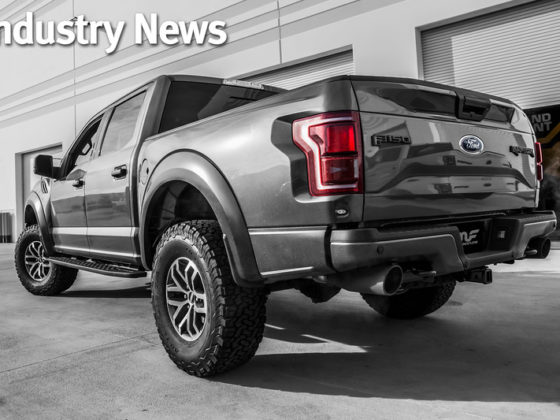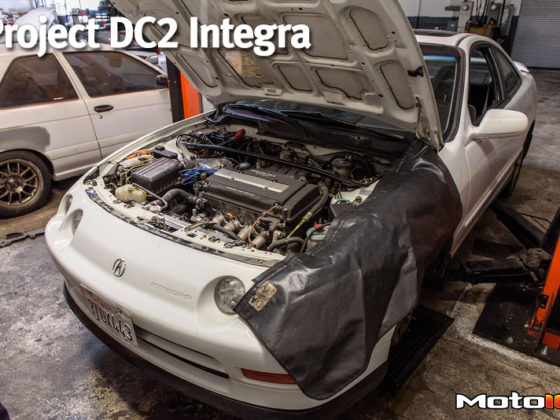 TESTED: Continental Tire ExtremeContact Sport
TESTED: Continental Tire ExtremeContact Sport
“Same level dry performance as a Michelin Pilot Super Sport”. That is a HUGE statement by Continental when the PSS is hands down the segment leading benchmark. Continental is extremely proud of their brand new ExtremeContact™ Sport tire that was just released earlier this month as a replacement for their ExtremeContact™ DW tire. We logged nearly a thousand miles on the new Sport in both the wet and dry, and put it up against the outgoing DW in a back to back test at Palm Beach International Raceway to see if it lives up to Continental’s claims.
Ultra-High Performance Summer Tire
The Continental ExtremeContact™ Sport is Continental’s premier Ultra-High Performance (UHP) summer tire designed for driving enthusiasts and owners of sports cars and sedans. The EC Sport is a direct replacement of their outgoing ExtremeContact™ DW tire, which was introduced back in 2009. I’ve personally gone though many sets of DWs on my daily drivers for the better part of 5 years and feel it’s one of the best tires in its category with arguably the best wet weather performance.
Based off of customer feedback, the ExtremeContact™ Sport directly addresses the DW’s shortcomings of having soft sidewalls, while improving dry handling, steering response, on track durability, and the overall ‘sportiness’ of the tire. With the Michelin Pilot Super Sport in their cross-hairs, Continental put a lot of effort into these areas, but they didn’t want to give up important characteristics that make it street-able.

The first thing that sticks out when looking at the new ExtremeContact™ Sport is the tread design. Continental reduced the number of circumferential grooves to three wide main channels and a very small ‘stepped’ groove, which allows for far more rubber on the outer shoulder of the tire to improve dry grip and cornering durability.

By comparison, the old ExtremeContact™ DW has far more circumferential grooves, horizontal grooves, sipes, and channels which aid in water evacuation to improve hydroplaning resistance. The downside of all of these tread blocks is tread squirm, a loss of steering precision, and a tire which overheats faster and does not have the dry durability of a tire with larger tread blocks. The DW has a “high void ratio”, which means there is more ‘void’ to evacuate water but less rubber on the road for cornering durability and grip.
Over the years, the distinction between different tire performance categories have become blurred, especially due to tire wars between manufacturers who have introduced ‘special’ autocross and track-day specific tires. These tires use very aggressive compounds and have near-slick tread patterns in attempt to out-do each other in competition ‘street’ tire classes. These track-focused “street” tires greatly sacrifice wet grip, ride quality, noise, and longevity in the name of ultimate dry grip and lap times.
Tire manufacturers even go as far as changing the UTQG rating to remain in a class if the sanctioning body changes their UTQG requirements. It’s comical that a manufacturer will lower the UTQG rating to market a tire as ‘grippy’, but then will raise the UTQG to meet the cutoff of a given club racing series. You can read more about the different categories and UTQG meaning in my article about HOW TO PROPERLY SIZE AND SELECT TIRES FOR PERFORMANCE.
The “true” UHP market is not for track-focused tires, but rather a performance tire for the street that is sporty and can be tracked for a driving school or a few times a year and hold up to the abuse, while delivering a proper level of wet grip, ride quality, comfort, and longevity that is necessary in a tire that you live with every day. There is no question the Michelin Pilot Super Sport is the clear benchmark in its class and excels in this broad range of demands.
Continental Tire admits that the PSS is the best all-around performing tire they’ve seen and there’s a reason that it is popular among enthusiasts. Continental’s goal with the new ExtremeContact™ Sport was to produce a tire that could go head to head in performance (with the PSS) and for some people would consider a better tire, especially in the wet.
Across the board, Continental’s ExtremeContact™ DW wasn’t that far off of the PSS in terms of ride quality, noise, and longevity. Continental boasts the DW’s superior hydroplaning resistance over the PSS while delivering similar (if not better) wet grip, while trailing the PSS in terms of steering response and heavy track durability. From my experience tracking and daily driving DW & PSS tires, despite the poor steering response, the DW is fairly close to the PSS in terms of outright dry grip when the tire is new, but the DW quickly degrades on track while the PSS is far more resilient and consistent.



